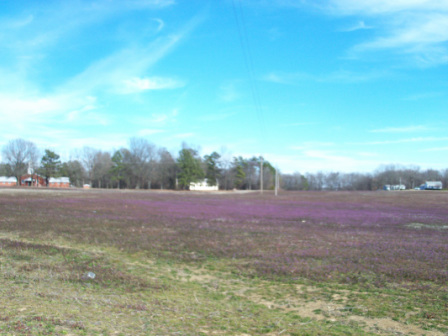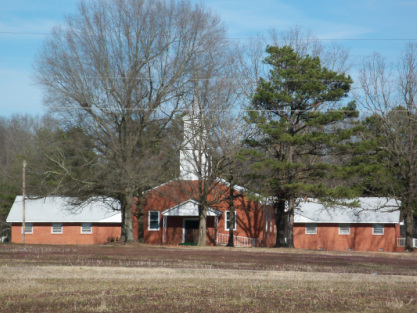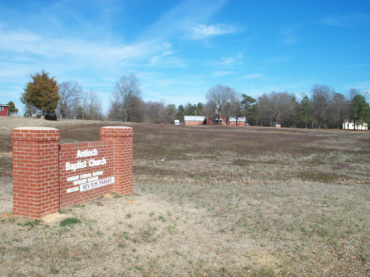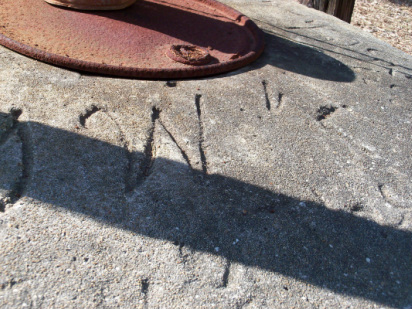What We Have Learned
The Laney School is the last Rosenwald school standing as a monument to the history of segregation and discrimination in Union County (Phillips, 2010). The building was added to the N.C. National Register Study Sites on Nov. 19, 1983. Other than work performed by the nearby church, no restoration efforts have been announced. Community leaders like Booker T. Washington and Julius Rosenwald are needed to preserve the testaments to "the missing link" for cooperation among different people with the goal of a better society. Preservation of the story of unequal education at the beginning of the 19th century is needed to teach the moral reasons for desegregation.
Public education has been supported by philanthropy and tax monies throughout history. Most funds went to segregated white schools. Today, privatization of schools further segregates education. NAACP action in Raleigh and Charlotte claiming segregation exists today. History is reflected in conditions today. Civic action is required to change circumstances.
The birth of public education in North Carolina followed Reconstruction. Failure to resolve social issues between the races after the war was the primary cause of segregated schools and public places in the era of Jim Crow laws. If the War between the states were about states’ rights, then the United States conceded after Reconstruction that the states had the right to oversee education. The federal courts overturned "separate but equal" policy of desegregation. Many legal challenges led to Brown v. Board of Education in May 14, 1954. The court orders were not observed until the 1960's due to state challenges. The challenges continue in the courts today.
Investigating the history of segregation in education supports the need to celebrate diversity in public schools, to teach morality lessons against racism, and shine a spotlight on the United States legal system. Children need to be able to think critically in order to apply the tenets of the Constitution, the 27 amendments and the Bill of Rights to their daily lives. The history related to education of African Americans is relevant and applicable to issues of today. Rosenwald schools sets a model for community working for the good of all and should be preserved as a symbol of the struggle for equality in America. The stories surrounding the Rosenwald schools and segregation provide a springboard for inquiry into many African American leaders who have fought the good fight for civil rights. Furthermore, researching the subjects reveals a gap in records of the early struggle for education by African Americans. The stories illuminate man’s inhumanity to man and the necessity of guarding against it. As Washington wrote in Up from Slavery, "a man must lay in the gutter to keep a man down there." He inspired further by writing that people raise themselves highest when they are lifting others up. (Carroll, 2006)
How might the community combine economic resources to improve and integrate schools for all today? Would the current interpretations of the U.S. Constitution on the issue of separation of state and church have prevented the development of the Rosenwald schools yesterday? What action is needed to make amends for the disparities in education through history? How will education leaders narrow the gaps in achievement among diverse students? How might social and economic equality be nurtured through education today?
Citizens make a difference in their society if they take action. Working with others makes greater impact. Remnants of prejudice against race, religion and socioeconomic status exist today in the public schools. Government and citizens need to recognize the discrepancies and work to solve the gaps in education.
Public education has been supported by philanthropy and tax monies throughout history. Most funds went to segregated white schools. Today, privatization of schools further segregates education. NAACP action in Raleigh and Charlotte claiming segregation exists today. History is reflected in conditions today. Civic action is required to change circumstances.
The birth of public education in North Carolina followed Reconstruction. Failure to resolve social issues between the races after the war was the primary cause of segregated schools and public places in the era of Jim Crow laws. If the War between the states were about states’ rights, then the United States conceded after Reconstruction that the states had the right to oversee education. The federal courts overturned "separate but equal" policy of desegregation. Many legal challenges led to Brown v. Board of Education in May 14, 1954. The court orders were not observed until the 1960's due to state challenges. The challenges continue in the courts today.
Investigating the history of segregation in education supports the need to celebrate diversity in public schools, to teach morality lessons against racism, and shine a spotlight on the United States legal system. Children need to be able to think critically in order to apply the tenets of the Constitution, the 27 amendments and the Bill of Rights to their daily lives. The history related to education of African Americans is relevant and applicable to issues of today. Rosenwald schools sets a model for community working for the good of all and should be preserved as a symbol of the struggle for equality in America. The stories surrounding the Rosenwald schools and segregation provide a springboard for inquiry into many African American leaders who have fought the good fight for civil rights. Furthermore, researching the subjects reveals a gap in records of the early struggle for education by African Americans. The stories illuminate man’s inhumanity to man and the necessity of guarding against it. As Washington wrote in Up from Slavery, "a man must lay in the gutter to keep a man down there." He inspired further by writing that people raise themselves highest when they are lifting others up. (Carroll, 2006)
How might the community combine economic resources to improve and integrate schools for all today? Would the current interpretations of the U.S. Constitution on the issue of separation of state and church have prevented the development of the Rosenwald schools yesterday? What action is needed to make amends for the disparities in education through history? How will education leaders narrow the gaps in achievement among diverse students? How might social and economic equality be nurtured through education today?
Citizens make a difference in their society if they take action. Working with others makes greater impact. Remnants of prejudice against race, religion and socioeconomic status exist today in the public schools. Government and citizens need to recognize the discrepancies and work to solve the gaps in education.




